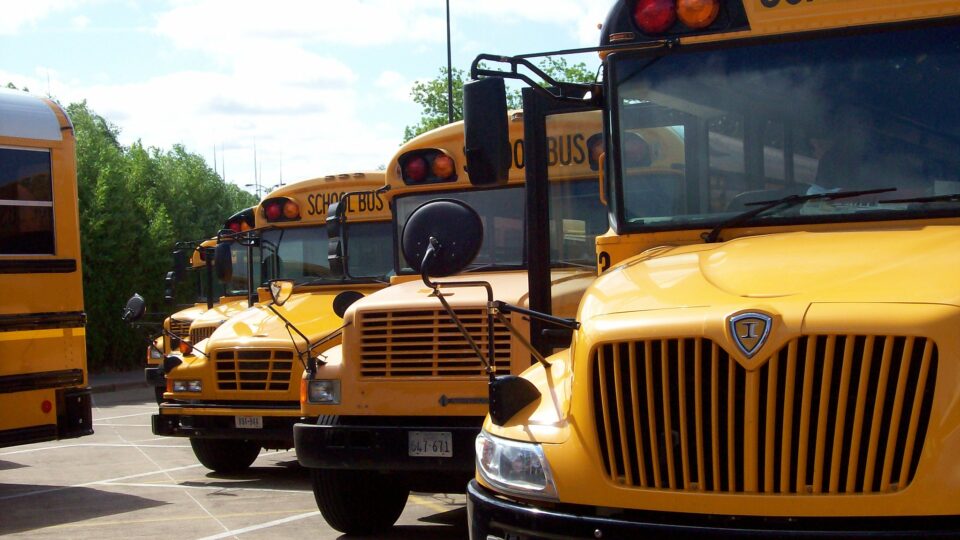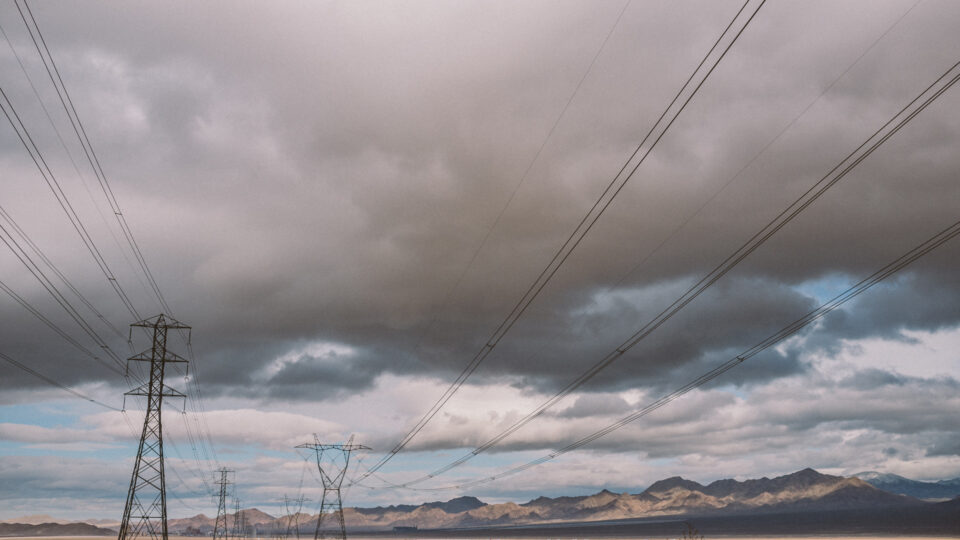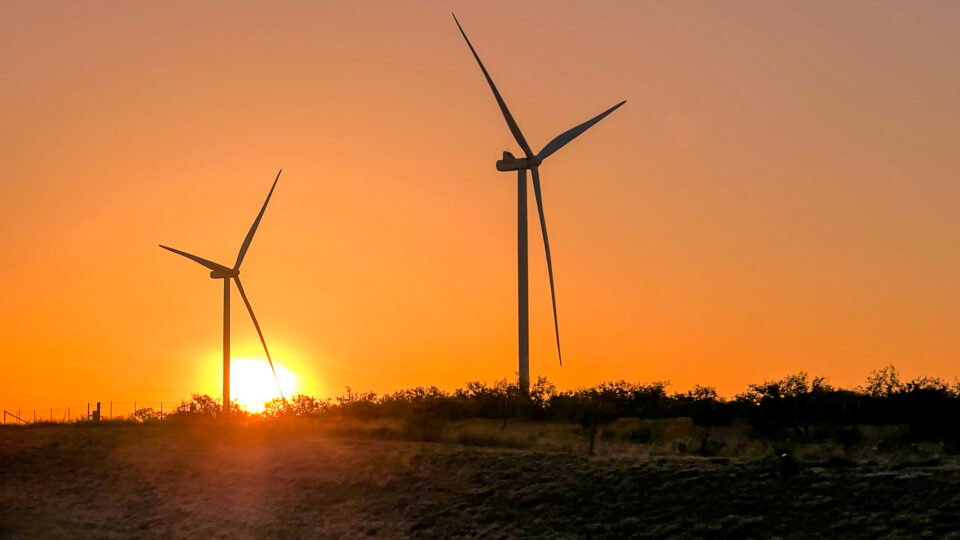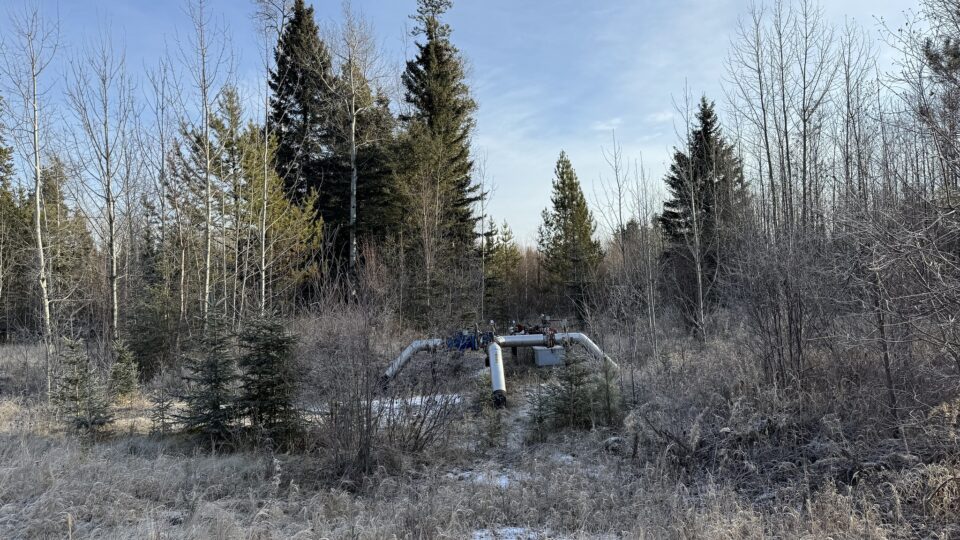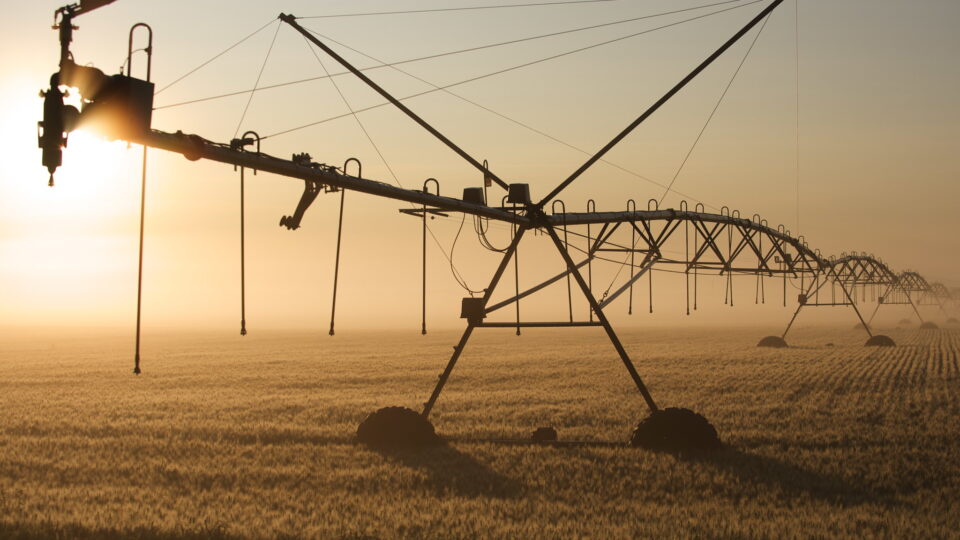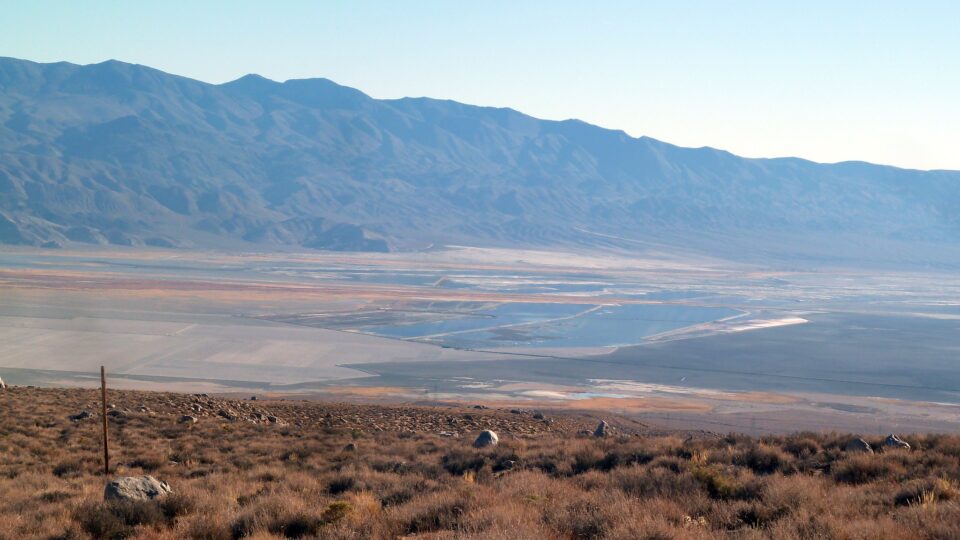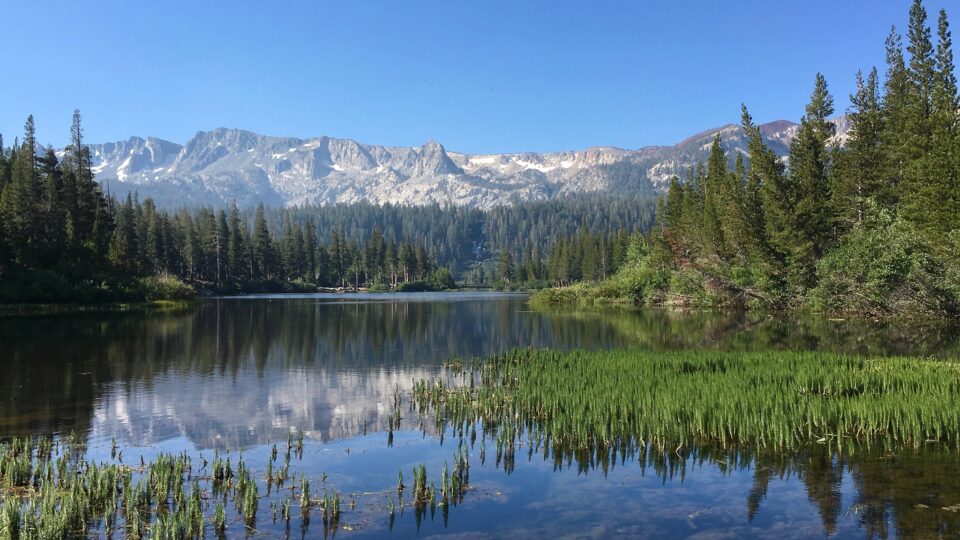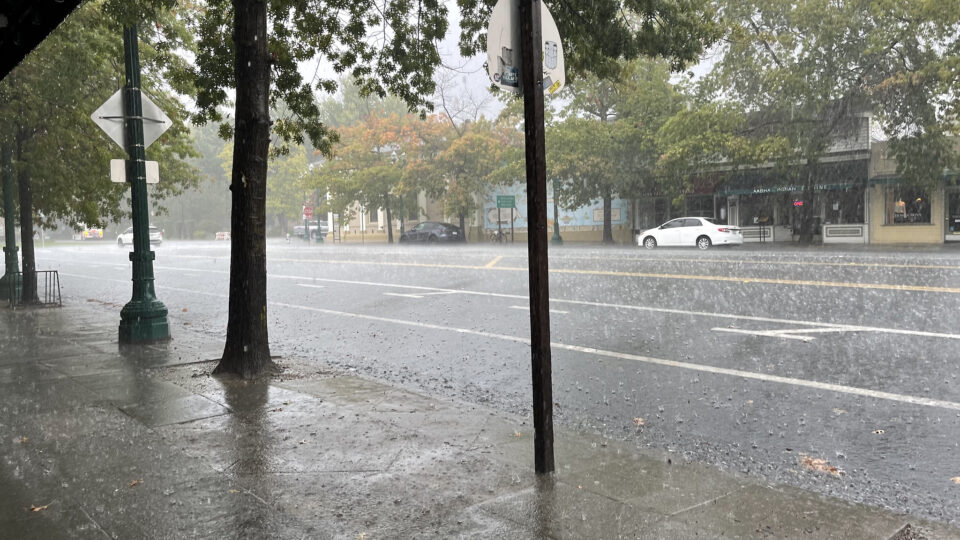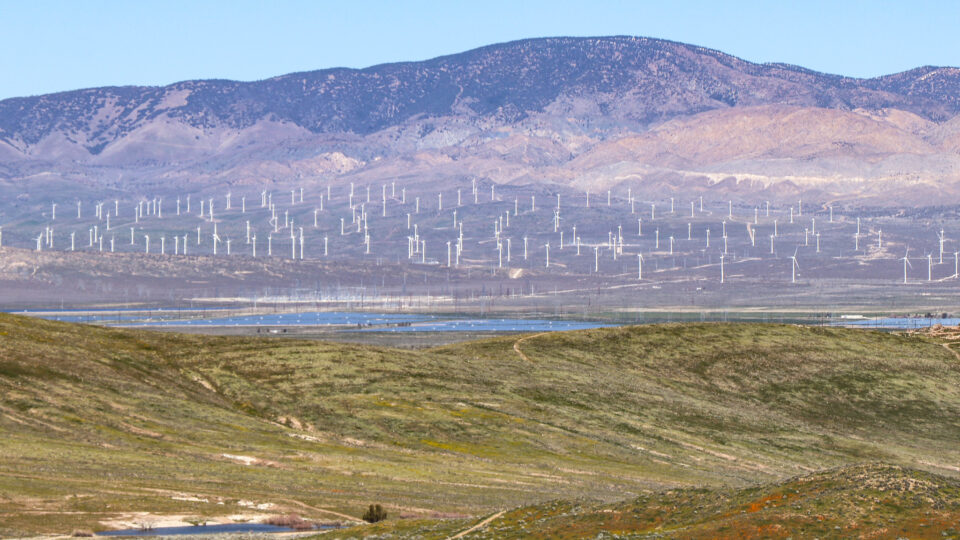There are about half a million school buses in use in the U.S. A large number of them are older, highly polluting diesel buses. There are well-established health and climate benefits of switching from diesel vehicles to electric vehicles but making the switch is expensive. Diesel buses generally cost between $65,000 to $120,000, depending on the type and configuration. Electric buses cost about $250,000 each.
The substantial cost makes it a difficult decision for local, state, and federal officials, particularly since the actual magnitude of the benefits is not well known.
A new study by researchers at Harvard’s T.H. Chan School of Public Health has quantified these benefits. According to the study, replacing each bus may yield up to $247,600 in climate and health benefits. These benefits derive from fewer greenhouse gas emissions and from reduced rates of adult mortality and childhood asthma.
The study compared the amounts of carbon dioxide emitted from diesel bus tailpipes to the emissions associated with generating electricity for the buses and producing their batteries. It also compared how these respective emissions contribute to fine particulate air pollution, which is linked to adult mortality and the onset of childhood asthma. The study concluded that particularly in dense urban settings, the savings incurred from electrifying older school buses easily outweigh the costs of replacing them.
An important question not tackled in the study is how electric school buses impact children’s exposure to in-cabin air pollution while riding the bus. This issue could further inform policy decisions.
**********
Web Links
Electric school buses may yield significant health and climate benefits, cost savings
Photo, posted May 9, 2008, courtesy of Christine H. via Flickr.
Earth Wise is a production of WAMC Northeast Public Radio
